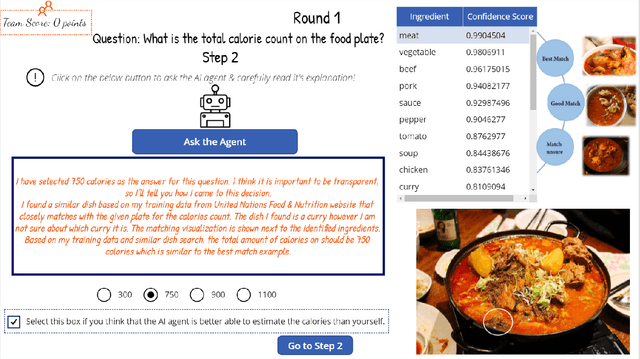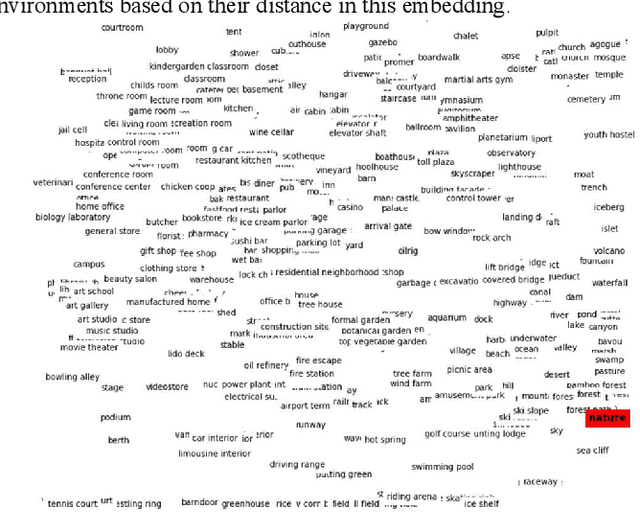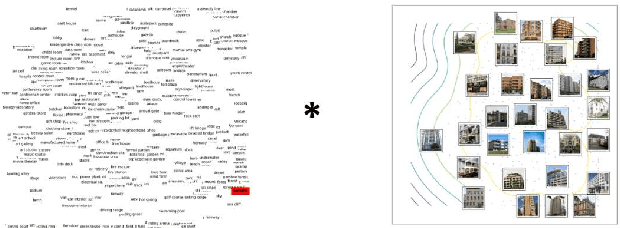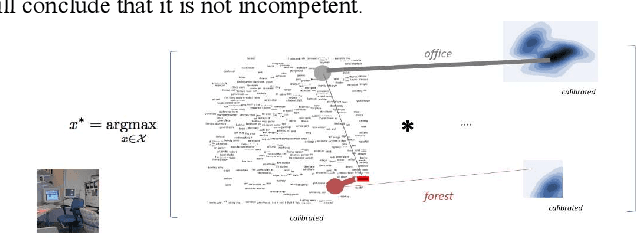Mark A. Neerincx
Persuading to Prepare for Quitting Smoking with a Virtual Coach: Using States and User Characteristics to Predict Behavior
Apr 05, 2023



Abstract:Despite their prevalence in eHealth applications for behavior change, persuasive messages tend to have small effects on behavior. Conditions or states (e.g., confidence, knowledge, motivation) and characteristics (e.g., gender, age, personality) of persuadees are two promising components for more effective algorithms for choosing persuasive messages. However, it is not yet sufficiently clear how well considering these components allows one to predict behavior after persuasive attempts, especially in the long run. Since collecting data for many algorithm components is costly and places a burden on users, a better understanding of the impact of individual components in practice is welcome. This can help to make an informed decision on which components to use. We thus conducted a longitudinal study in which a virtual coach persuaded 671 daily smokers to do preparatory activities for quitting smoking and becoming more physically active, such as envisioning one's desired future self. Based on the collected data, we designed a Reinforcement Learning (RL)-approach that considers current and future states to maximize the effort people spend on their activities. Using this RL-approach, we found, based on leave-one-out cross-validation, that considering states helps to predict both behavior and future states. User characteristics and especially involvement in the activities, on the other hand, only help to predict behavior if used in combination with states rather than alone. We see these results as supporting the use of states and involvement in persuasion algorithms. Our dataset is available online.
Exploring Effectiveness of Explanations for Appropriate Trust: Lessons from Cognitive Psychology
Oct 05, 2022
Abstract:The rapid development of Artificial Intelligence (AI) requires developers and designers of AI systems to focus on the collaboration between humans and machines. AI explanations of system behavior and reasoning are vital for effective collaboration by fostering appropriate trust, ensuring understanding, and addressing issues of fairness and bias. However, various contextual and subjective factors can influence an AI system explanation's effectiveness. This work draws inspiration from findings in cognitive psychology to understand how effective explanations can be designed. We identify four components to which explanation designers can pay special attention: perception, semantics, intent, and user & context. We illustrate the use of these four explanation components with an example of estimating food calories by combining text with visuals, probabilities with exemplars, and intent communication with both user and context in mind. We propose that the significant challenge for effective AI explanations is an additional step between explanation generation using algorithms not producing interpretable explanations and explanation communication. We believe this extra step will benefit from carefully considering the four explanation components outlined in our work, which can positively affect the explanation's effectiveness.
Robotic Self-Assessment of Competence
May 04, 2020



Abstract:In robotics, one of the main challenges is that the on-board Artificial Intelligence (AI) must deal with different or unexpected environments. Such AI agents may be incompetent there, while the underlying model itself may not be aware of this (e.g., deep learning models are often overly confident). This paper proposes two methods for the online assessment of the competence of the AI model, respectively for situations when nothing is known about competence beforehand, and when there is prior knowledge about competence (in semantic form). The proposed method assesses whether the current environment is known. If not, it asks a human for feedback about its competence. If it knows the environment, it assesses its competence by generalizing from earlier experience. Results on real data show the merit of competence assessment for a robot moving through various environments in which it sometimes is competent and at other times it is not competent. We discuss the role of the human in robot's self-assessment of its competence, and the challenges to acquire complementary information from the human that reinforces the assessments.
 Add to Chrome
Add to Chrome Add to Firefox
Add to Firefox Add to Edge
Add to Edge